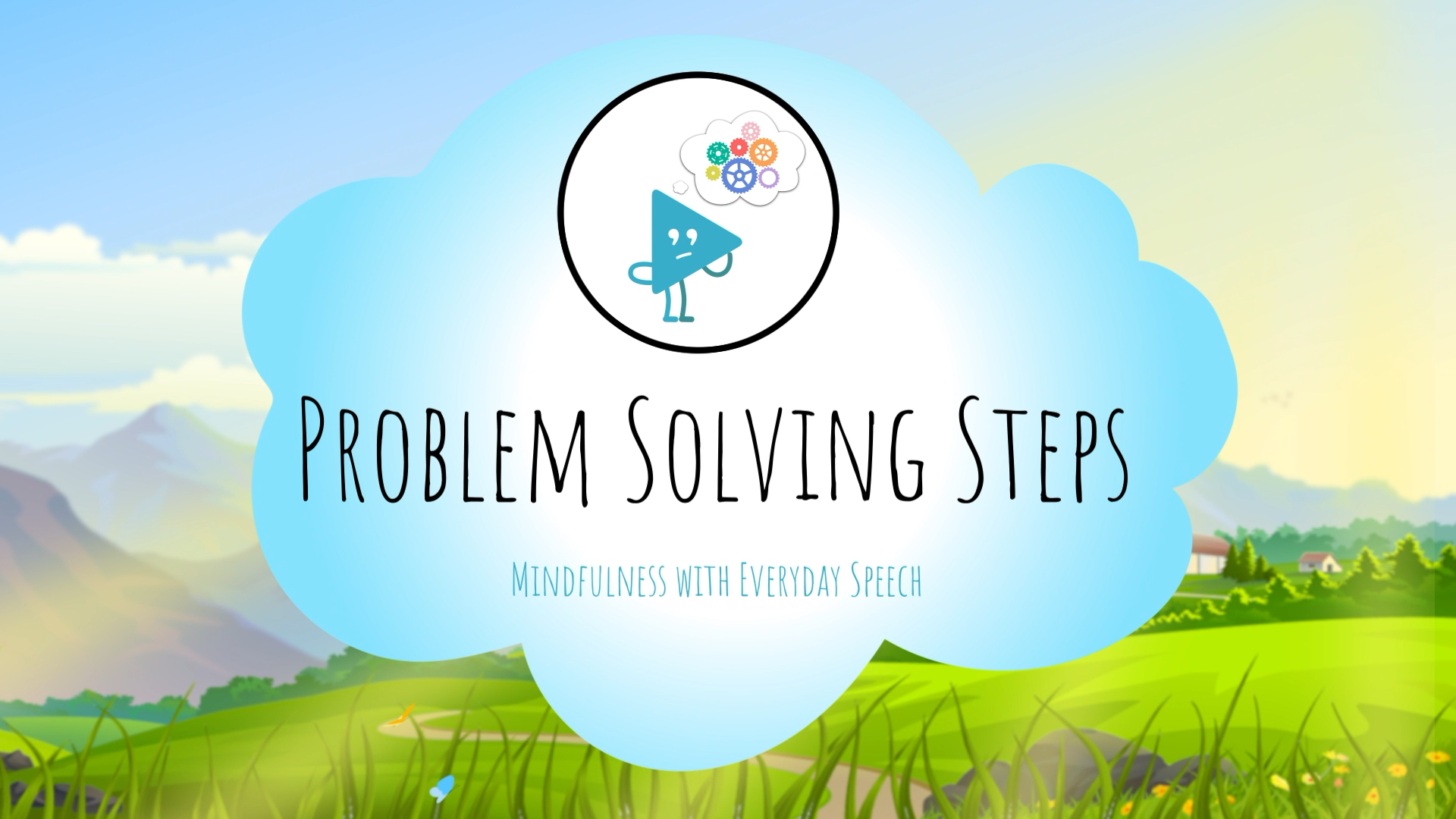Introduction
Problem-solving is a vital skill that helps students navigate the challenges they face in their daily lives. As educators, it is crucial to teach our students the steps to effectively solve problems, enabling them to become more independent and resourceful individuals. This blog post will discuss the Problem-Solving Steps, a no-prep activity for teaching problem-solving skills, discussion questions to stimulate further conversation, and related skills that can benefit students.
No-Prep Activity: Problem-Solving Steps Role Play
This activity requires no preparation or materials and engages students in practicing the Problem-Solving Steps. Have students form pairs and assign each pair a common problem that elementary students might face, such as a disagreement over sharing a toy or deciding on a group activity. Instruct the pairs to role-play the scenario, incorporating the following Problem-Solving Steps:
- Identify the problem: Encourage students to understand both perspectives and find the truth in the middle.
- Think about the size of the problem: Help students assess whether the problem is small and can be solved quickly or if it is bigger and requires more time or people.
- Come up with a few solutions: Ask students to brainstorm different ways to solve the problem and discuss the potential outcomes of each solution.
- Pick the best solution: Have students select the solution that is most likely to result in a positive outcome for all involved.
After the role-play, gather the class and ask each pair to share their problem, the solutions they came up with, and the solution they ultimately chose. Discuss the outcomes and the thought process behind their decisions.
Discussion Questions
- Why is it important to identify the problem before trying to solve it? How does understanding both perspectives help in finding a solution?
- How can assessing the size of a problem affect the way we approach solving it? Can you give an example of a small problem and a big problem?
- What are some challenges you might face when coming up with solutions to a problem? How can you overcome these challenges?
- How can considering the feelings of others help us choose the best solution? Can you think of a time when you chose a solution that made someone else feel better?
Related Skills
Developing problem-solving skills is closely connected to other essential skills for students. Some related skills include:
- Communication: Effectively expressing thoughts and feelings, and actively listening to others.
- Empathy: Understanding and sharing the feelings of others, enabling a more compassionate approach to problem-solving.
- Decision-making: Evaluating options and making informed choices based on the potential consequences.
- Conflict resolution: Addressing disagreements and finding mutually beneficial solutions.
Next Steps
Now that you have learned about the Problem-Solving Steps and how to teach this essential skill to your students, you can explore more resources to support your students’ social-emotional growth. Sign up for free samples of our skill-based materials and discover other engaging activities to foster a positive learning environment in your classroom.






